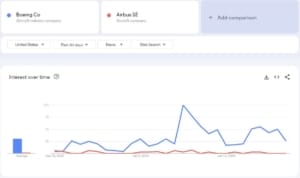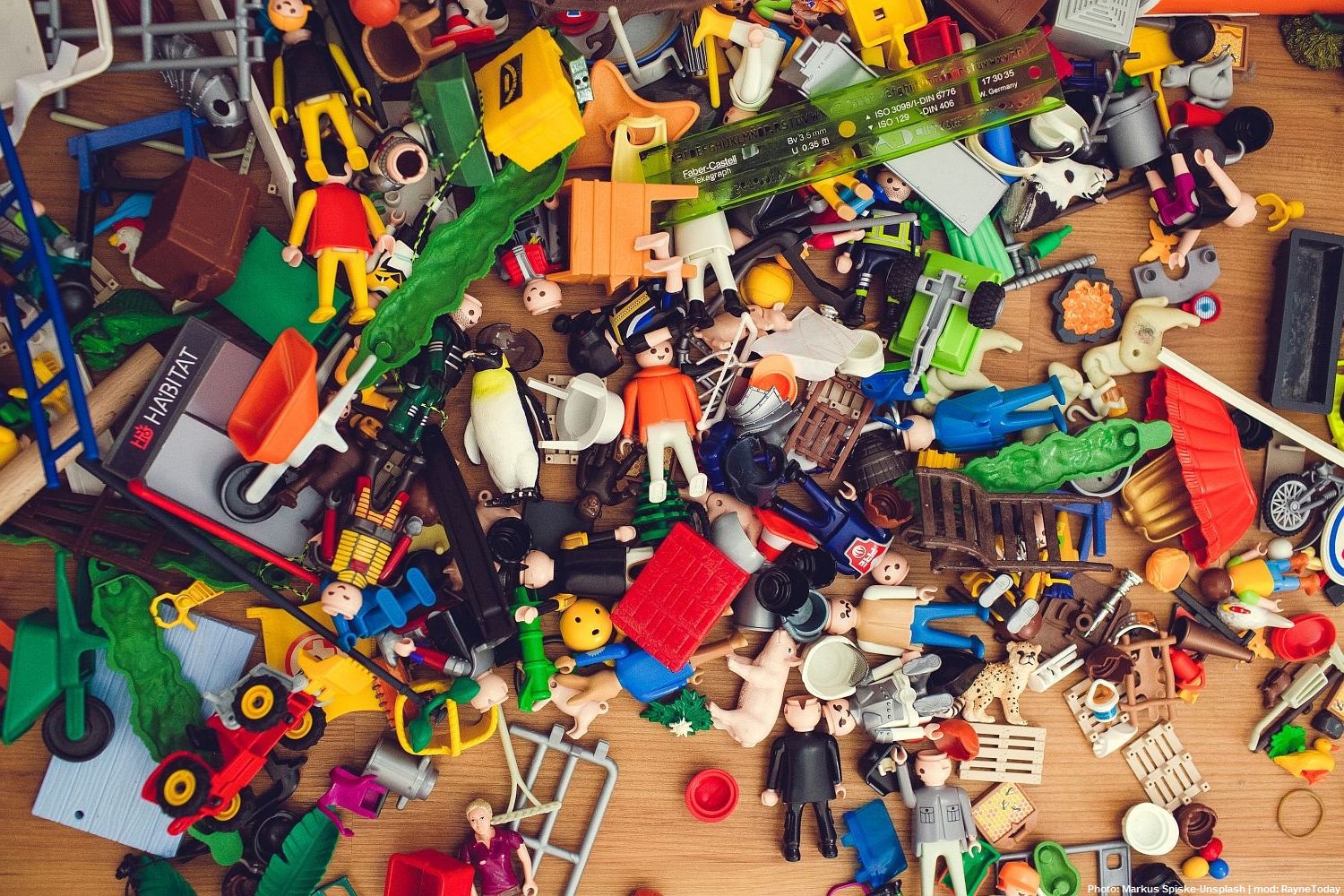Reaching Velocity to Escape Anti-Vax Stupidity
[NB: check the byline, thanks. /~Rayne]
Before I go any further, here’s a public service announcement:
If you were born between 1960 and 1968 and have not been vaccinated for measles since 1968, go make appointments for a two-shot MMR vaccine regimen.
“Starting in 1963 we started vaccinating,” [CBS News’ Dr. David] Agus said. “The first five years of the vaccine — some batches of it were not very good. None of us really know which batch we got.”
“So you can either go to your doctor and say, ‘Draw a blood test and see if I have a high enough level,’ or just get the shot,” he said. “By the way, it’s a lot cheaper to just get the shot. So people who were vaccinated from 1963 to 1968 — that needs to happen.”
According to Agus, those who were born before 1957 were most likely exposed to measles, meaning 95-98 percent of them have enough antibodies to fight the disease. From 1968 to 1989 doctors gave only one shot, meaning immunity among those people may be a little lower than those who received two shots.
source: CBS News
I’m in that group and I’ve gotten my first shot of the series with the next in a couple weeks. I got mine at the local health department office, easy in and out. If you’re in the age bracket, get it done some place you trust.
~ ~ ~
I wish I could have gotten one at my usual provider – the pharmacy where I’ve gotten all my vaccinations for decades. Unfortunately that’s where things got weird immediately after my recent flu shot.
After getting my flu shot I asked the pharmacist – a new person I’d never see before – if I could get an MMR vaccine because of my age and uncertainty about my level of immunity to measles, if any. I had concerns because I was going to be around persons who were flying to and from Texas and could be exposed to measles during travel.
They told me the pharmacy only gives MMR vaccines to children, that I’d have to have a script from a physician to get one, and a physician might require a titer run first to determine if I needed a booster at all.
Then the pharmacist proceeded to tell me measles was only an Old World problem (what the fuck, I thought), that everyone in the Old World had immunity from exposures (what the actual fuck), and that the outbreak in Texas was from “border crossers” (OH NO MOTHERFUCKER).
I exited that pharmacy as fast as I could. I probably left a vapor trail behind me like the Road Runner.
I felt gross, digusted, like I needed a shower after that wretched dose of stupid.
I wish I’d known what that person really thought before I let them touch me, because I would have left and gone to a different pharmacy.
Having such a close brush with stupidity and racism was revolting. I didn’t dare confront this person in a confined space about their stupid assumptions knowing the measles outbreak was centered in a community of white Christian Texans of the Mennonite faith and not “border crossers” — code for those brown people coming into the US from Central and South America, which is the New World.
You’d think there’d be an institutional safety net protecting us from this wretchedness across the country. Sadly, we’re all of us now exposed to this kind of stupidity thanks to the Trump administration’s appointee helming Health and Human Services, our new chief anti-vaxxer, Robert F. Kennedy Jr.
~ ~ ~
The Food and Drug Administration’s director of the Center for Biologics Evaluation and Research, Dr. Peter Marks, resigned yesterday.
In his letter, which was obtained by The Associated Press, Marks said he was “willing to work” to address the concerns expressed by Robert F. Kennedy Jr. about the safety of vaccinations. But he concluded that wasn’t possible.
“It has become clear that truth and transparency are not desired by the Secretary, but rather he wishes subservient confirmation of his misinformation and lies,” he wrote.
Of course this was RFK Jr’s work, not a resignation but a firing because Marks — a hematologist oncologist who earned a Bachelor of Science degree from Columbia University, followed by a Doctor of Medicine and PhD in cell and molecular biology from New York University — wasn’t willing to roll over and rubber stamp RFK Jr’s bullshit anti-vax nonsense.
And by nonsense I mean the deadly kind – misinformation and disinformation about vaccines directly leading to the deaths of 83 Samoans from measles after being misled by RFK Jr. about measles vaccinations.
That RFK Jr. learned absolutely nothing from these deaths, continuing to spread his well-known, well-documented dispersion of anti-vaxx bullshit, is a shame.
That he has now cost our country the top official in FDA’s vaccine regulatory system while the US is experiencing a spreading measles outbreak, is on the verge of bird flu making a human-to-human leap, and still dealing with the COVID pandemic borders on criminal.
His nonsense is even more toxic in that he not only discourages scheduled vaccinations; RFK Jr. has promoted alternative therapies which are not effective and instead create more health risks.
RFK Jr. – who is not a medical doctor, has no education in science, having a BA in American history and literature, a JD from the University of Virginia School of Law, and a Master of Laws from Pace University — touted vitamin A as a means to treat measles. This vitamin only works to alleviate some measles symptoms in patients who are malnourished; it is not an acceptable therapy.
Unlike water soluable vitamins like B and C which flush out of the body as wasted in urine, vitamin A will bio-accumulate in the body’s fat until the body can use it. An excess of vitamin A can damage the liver. Knowing this you can predict what could happen next: someone takes RFK Jr’s bullshit seriously and poisons themselves or their children thinking they’re doing the right thing for measles.
What do you know but now there are patients with liver problems:
Several patients at Covenant Children’s Hospital in Lubbock have been found to have abnormal liver function, CNN reported, which can occur when a person takes excessive doses of vitamin A. Those being treated include “a handful of unvaccinated children who were given so much vitamin A that they had signs of liver damage,” the New York Times reported.
This is exactly the kind of crap which cost the lives of mostly infants in Samoa. Well-meaning parents took RFK Jr’s idiocy seriously and didn’t seek measles vaccinations which are safe and have spared hundreds of millions of people from illness and death over the last six decades.
The worst part of this mess is that some portion of the American public is just plain stupid and willful. They rely on authority figures to tell them what’s best; if it doesn’t conflict with their beliefs they’ll seize it. The parents of the six-year-old who died of measles in Texas are a perfect example:
The Texas parents of an unvaccinated 6-year-old girl who died from measles Feb. 26 told the anti-vaccine organization Children’s Health Defense in a video released Monday that the experience did not convince them that vaccination against measles was necessary.
“She says they would still say ‘Don’t do the shots,’” an unidentified translator for the parents said. “They think it’s not as bad as the media is making it out to be.” …
“We would absolutely not take the MMR,” the mother said in English, referring to the measles-mumps-rubella vaccination children typically receive before attending school. She said her stance on vaccination has not changed after her daughter’s death.
“The measles wasn’t that bad. They got over it pretty quickly,” the mother said of her other four surviving children who were treated with castor oil and inhaled steroids and recovered. …
source: Texas Tribune
I’m only surprised these poor children received castor oil and not cod liver oil for vitamin A therapy.
These are the kind of people to whom RFK Jr. is a real risk. We can only expect more illnesses and deaths among those who take seriously RFK Jr’s practicing medicine without a license let alone adequate appropriate education and training.
~ ~ ~
How are we going to escape this stupidity? I don’t know, but you can protect yourself from some of the damage by making sure your vaccinations are up to date. Make sure your friends and family are up to date as well.




















